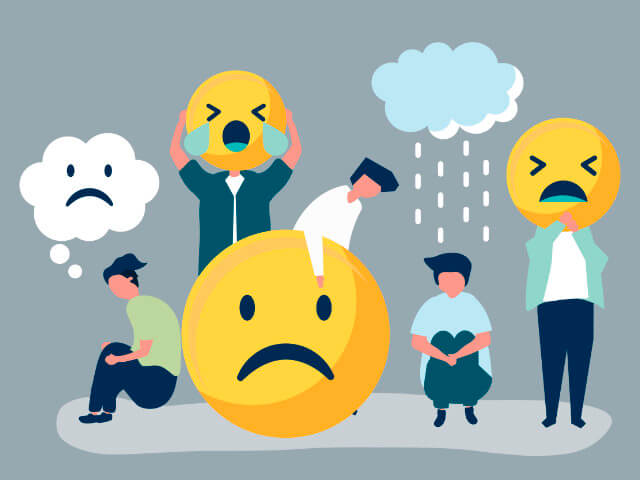What effect can a single piece of plastic have on the environment? What effect is plastic having on a global scale?
There are many different types of plastic that come in many different shapes. This means the impact that a single piece of plastic can have on the environment, depends upon what type, and shape the plastic is. For example, discarded fishing gear (also called ghost gear) can have a larger impact on the environment, than a plastic bottle cap. Plastic pollution can causes many harms to the environment, particularly wildlife. Some of the main harms are:
- Ingestion. When an animal mistakes plastic for food, the plastic can cause a blockage in the animal’s gut, it can pierce the animal’s gut and cause infection, or the animal’s stomach can become filled with plastic leaving no room for food and causing the animal to starve.
- Entanglement. An animal can become entangled in plastic, which can restrict the animal moving and reduce its ability to hunt and feed. Plastic entanglement can also restrict an animals growth leading to body deformities or the plastic cutting into the animal’s skin.
- Transport for invasive species to reach new habitats. Plastic floating in the ocean provides a surface for marine species, particularly seaweed and shellfish, to attach to and hitch-hike a ride to a new habitat.


Globally, plastic pollution is found in the deepest regions of our oceans, the Mariana Trench, and on the highest regions of our mountains, the Himalayas. This plastic pollution can harm:
- Wildlife, through entanglement, ingestion and transport for invasive species.
- Economies, as it is very expensive to clean up, makes places unattractive to tourism and can cause damage to vessels.
- Human health, as plastics are made of many different chemicals which can leach into our bodies. Some of these chemicals have been linked to damaging health effects. For example, damage to human body cells, and altering hormone activity.













